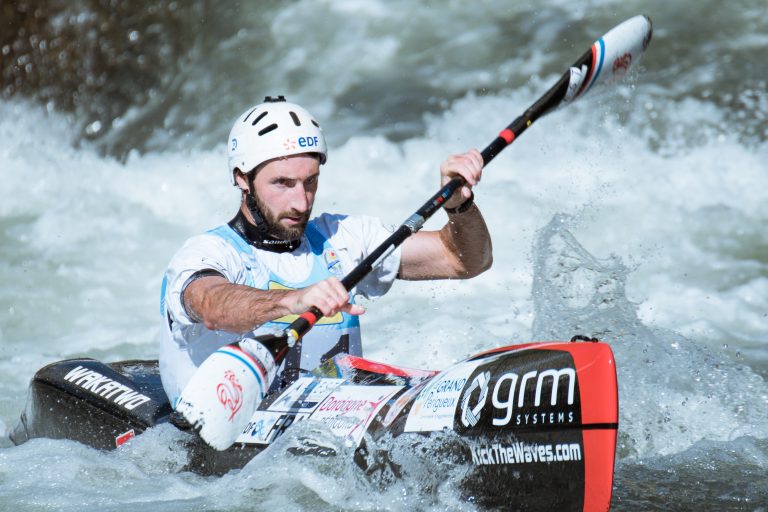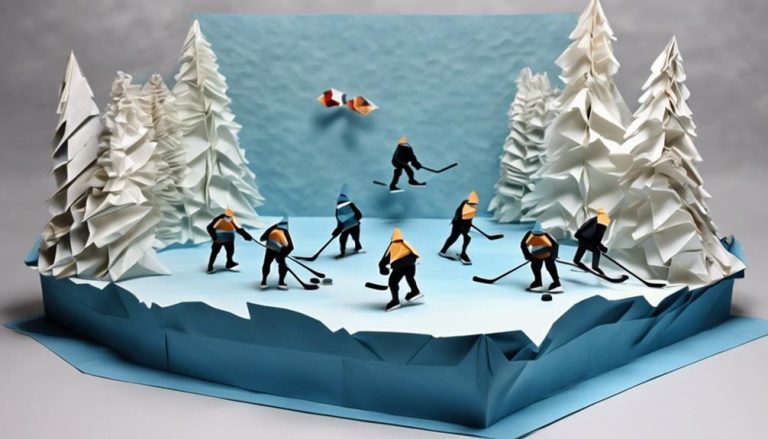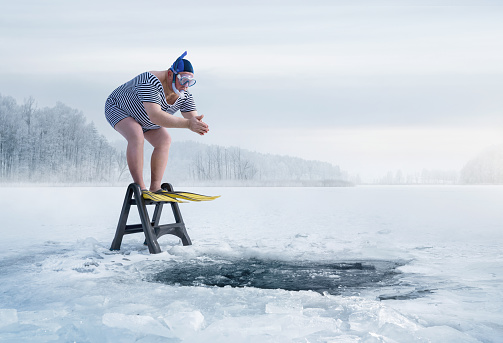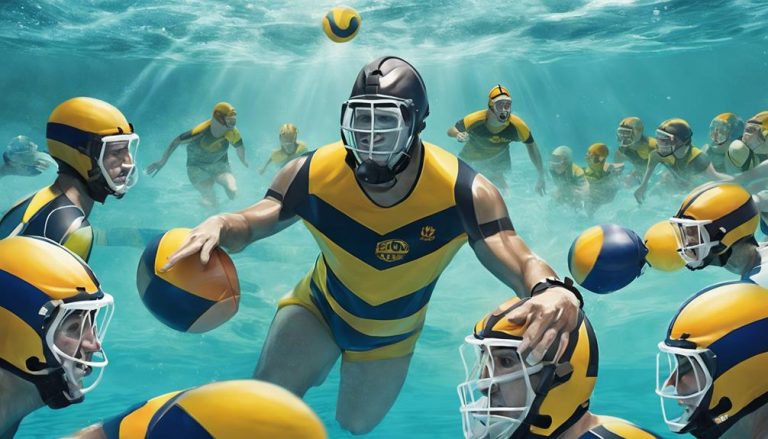General Rules of Surf Kayaking
When venturing into the world of surf kayaking, you are entering a realm where the ocean's power meets the thrill of navigating waves in a kayak. From selecting the right equipment to mastering wave dynamics and paddling techniques, there are crucial rules to follow for a successful and safe experience on the water. But what are the key principles that can help you navigate the surf with confidence and skill? Let's explore the essential guidelines that every surf kayaker should be aware of to enhance their performance and enjoyment in the waves.
Essential Equipment for Surf Kayaking
When participating in surf kayaking, it is crucial to ensure you have the necessary equipment for safety and optimal performance. Proper gear maintenance and storage are essential aspects of surf kayaking. Before hitting the waves, check your kayak for any damages, ensure all fastenings are secure, and inspect your paddle for any signs of wear. Store your gear in a cool, dry place away from direct sunlight to prevent degradation of materials.
Wave selection and timing are critical factors in surf kayaking. Understanding how waves break and where to position yourself can make a significant difference in your experience. Choose waves that match your skill level to avoid unnecessary risks. Timing is key; paddle at the right moment to catch the wave's energy and ride it effectively. Proper wave selection and timing not only enhance your performance but also ensure your safety in the water.
Maintaining your gear and understanding wave dynamics are fundamental in surf kayaking. By taking care of your equipment and selecting waves wisely, you can enjoy a safe and exhilarating experience on the water. Remember, preparation is key to a successful surf kayaking adventure.
Understanding Wave Dynamics
As you navigate the waters for surf kayaking, understanding wave dynamics is crucial. Wave formation basics delve into the intricate process of how waves are generated and travel across the ocean surface. Wave energy transfer is a fundamental concept that impacts your ability to catch and ride waves effectively.
Wave Formation Basics
To comprehend wave dynamics in surf kayaking, understanding the fundamentals of wave formation is essential. When it comes to wave formation, variations in wave height and changes in wave direction play a crucial role in determining the surfing experience. Waves are created by the frictional drag of winds moving across the water's surface, transferring energy to the water. This energy causes disturbances that form into waves. The height of a wave is influenced by factors such as wind speed, duration, and the distance over which the wind blows. Additionally, changes in wave direction occur as waves interact with the seabed or encounter obstacles, altering their path. Understanding these basics is key to navigating and enjoying the waves effectively.
| Wave Formation Basics | |
|---|---|
| Factors Influencing Wave Height: | Wind speed, duration, distance |
| Causes of Wave Direction Changes: | Seabed interactions, obstacles |
Wave Energy Transfer
Understanding the intricate process of wave energy transfer is paramount in grasping the dynamics of wave movement in surf kayaking. Wave energy transfer refers to the exchange of energy as waves travel through water. When waves approach shallow waters, such as when they reach the shoreline, the wave energy is transferred to the seabed, causing the wave height to fluctuate. This fluctuation in wave height can impact surf kayakers, affecting their ability to navigate and ride the waves effectively. By comprehending the mechanisms behind wave energy transfer, you can anticipate how waves will behave in different conditions, allowing you to harness their energy to enhance your surfing experience. Stay tuned to delve deeper into the fascinating world of wave breaking patterns in the next section.
Wave Breaking Patterns
When waves approach shallow waters in surf kayaking, the wave breaking patterns play a crucial role in determining the surf conditions and the intensity of the ride. Understanding wave dynamics can help you navigate the waves more efficiently. Here are some key points to consider:
- Wave Height: The height of the wave influences how it breaks, affecting the intensity and speed of the ride.
- Frequency of Breaks: Waves break at different intervals. Knowing the frequency of breaks can help you time your maneuvers effectively.
- Wave Shape: The shape of the wave as it breaks can vary, impacting how you approach and ride it. Understanding these patterns will enhance your surf kayaking experience.
Proper Paddling Techniques
When paddling in surf kayaking, it is crucial to focus on two key areas: grip and posture, as well as power and rhythm. The way you hold your paddle and position your body play a significant role in your efficiency and control on the water. Understanding these fundamental principles will enhance your performance in the dynamic environment of surf kayaking.
Grip and Posture
Maintain a firm grip on the paddle and ensure proper posture to execute efficient paddling techniques in surf kayaking. Proper technique and body alignment are crucial for maximizing your performance on the water. Here are key points to consider:
- Grip: Hold the paddle firmly with both hands, ensuring your knuckles are aligned.
- Posture: Sit upright with your back straight and your shoulders relaxed to prevent strain.
- Body Alignment: Keep your core engaged and rotate your torso with each stroke to generate power efficiently.
Power and Rhythm
To optimize your performance in surf kayaking, mastering proper paddling techniques that focus on power and rhythm is essential. In surf kayaking, wave selection and timing are crucial for maximizing the power you can generate. Timing your strokes with the wave's movement allows you to harness its energy effectively. Balance and control play a significant role in maintaining your rhythm while paddling out through the surf and catching waves. Here is a table summarizing key aspects of power and rhythm in surf kayaking:
| Aspect | Description |
|---|---|
| Wave Selection | Choosing the right wave based on size and direction |
| Timing | Syncing your paddle strokes with the wave's movement |
| Balance and Control | Maintaining stability in turbulent water |
Safety Precautions in the Surf Zone
Safety protocols must be strictly adhered to while navigating the surf zone to minimize risks and ensure a safe kayaking experience. When in the surf zone, understanding rip currents and having a clear plan for emergency response is crucial. Be aware of rip currents and how to identify them, as they can swiftly carry you away from the shore. In case of being caught in a rip current, it is essential to remain calm, signal for help, and paddle parallel to the shore to escape its pull.
To enhance safety in the surf zone, effective communication signals and teamwork coordination are paramount. Establish clear signals with your kayaking partners before entering the water. Use hand signals or predetermined calls to communicate effectively amidst the noise of breaking waves. Work together with your team to navigate the surf zone efficiently and assist each other in challenging situations.
- Rip Current Awareness: Recognize the signs of rip currents and know how to respond if caught in one.
- Emergency Response: Stay composed and signal for help if needed, following the appropriate emergency procedures.
- Communication Signals and Teamwork Coordination: Establish clear communication signals and work cohesively with your team to ensure everyone's safety in the surf zone.
Etiquette and Respect in the Water
Respect for fellow water enthusiasts and adherence to proper water etiquette are essential components of a harmonious surf kayaking environment. When you are out in the water, it's crucial to prioritize water safety and respect the surfing culture to ensure everyone has an enjoyable experience. Here are some key etiquette guidelines to follow:
| Etiquette Rule | Description |
|---|---|
| Respect the Right of Way | Yield to surfers already riding a wave and avoid cutting off others. |
| Communicate Clearly | Use hand signals or verbal cues to alert others of your intentions and avoid collisions. |
| Share the Waves | Take turns and avoid monopolizing a particular surf spot to create a friendly atmosphere. |
| Leave No Trace | Dispose of trash properly, respect the environment, and leave the water cleaner than you found it. |
| Offer Help if Needed | Assist others in trouble, whether it's a fellow kayaker struggling or a surfer in need of aid. |
Tips for Handling Rough Conditions
When navigating rough conditions in surf kayaking, it is crucial to maintain a stable and balanced posture to effectively maneuver through challenging waves. To handle rough conditions like a pro, follow these tips:
- Emergency Maneuvers: Be prepared to execute emergency maneuvers swiftly. Practice techniques like bracing, rolling, and edging to regain stability when faced with turbulent waters. These skills are essential for maintaining control and preventing capsizing in rough conditions.
- Rescue Techniques: Familiarize yourself with rescue techniques to aid others in need and ensure everyone's safety in challenging situations. Learn how to perform assisted rescues, T-rescues, and self-rescues efficiently. Being proficient in rescue procedures can make a significant difference in critical moments.
- Communication Signals and Teamwork Strategies: Establish clear communication signals with your fellow kayakers to coordinate movements and respond effectively to changing conditions. Develop teamwork strategies such as using hand signals or verbal cues to convey information about navigation, obstacles, or assistance required. Working together seamlessly enhances safety and enhances the overall kayaking experience.
Frequently Asked Questions
How Can I Improve My Balance and Stability While Surf Kayaking?
To boost your balance and stability in surf kayaking, focus on enhancing technique by engaging core muscles. Building strength in your arms and legs through targeted exercises like planks and squats will also help.
Are There Any Specific Exercises I Can Do to Prepare for Surf Kayaking?
To prepare for surf kayaking, engage in strength training and cardio workouts for power and endurance. Incorporate flexibility exercises to enhance agility. Practice paddle techniques for precision. Consistent effort will enhance your performance and enjoyment on the water.
What Should I Do if I Get Caught in a Rip Current While Surf Kayaking?
If caught in a rip current while surf kayaking, prioritize safety. Avoid hazards by staying calm, paddling parallel to the shore to escape the current's pull. Take precautions, never fight the rip current. Remember, safety first.
How Do I Choose the Right Surf Kayak for My Skill Level and the Conditions?
When choosing a surf kayak, consider your skill level and the conditions. Opt for a design that suits your abilities and the waves you'll be tackling. Prioritize safety gear, perfect your paddling techniques, and respect wave etiquette.
Can You Provide Any Tips for Navigating Through Crowded Surf Breaks While Surf Kayaking?
When navigating crowded surf breaks in your kayak, practice surf etiquette by respecting others' space. Communicate with fellow surfers to avoid collisions and ensure safety. Use hand signals and be aware of your surroundings to maneuver effectively.






